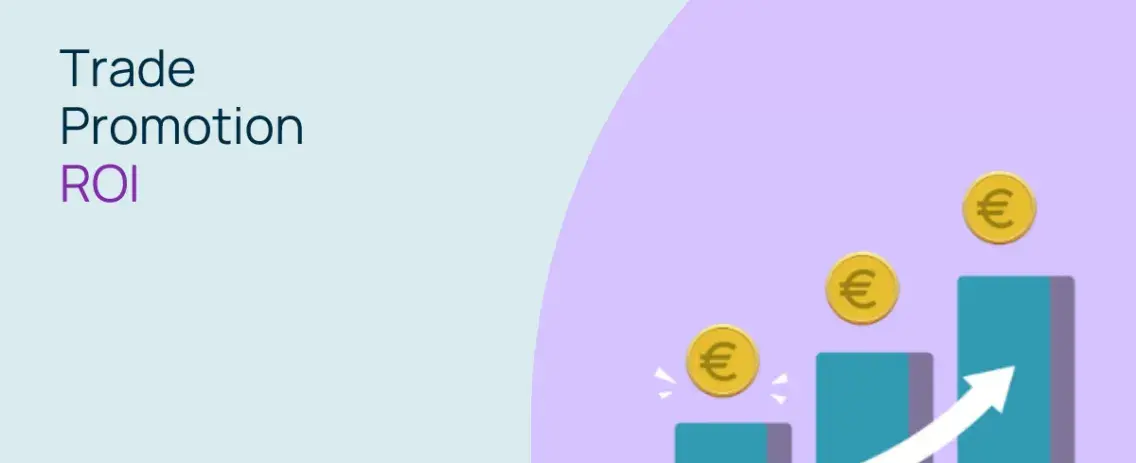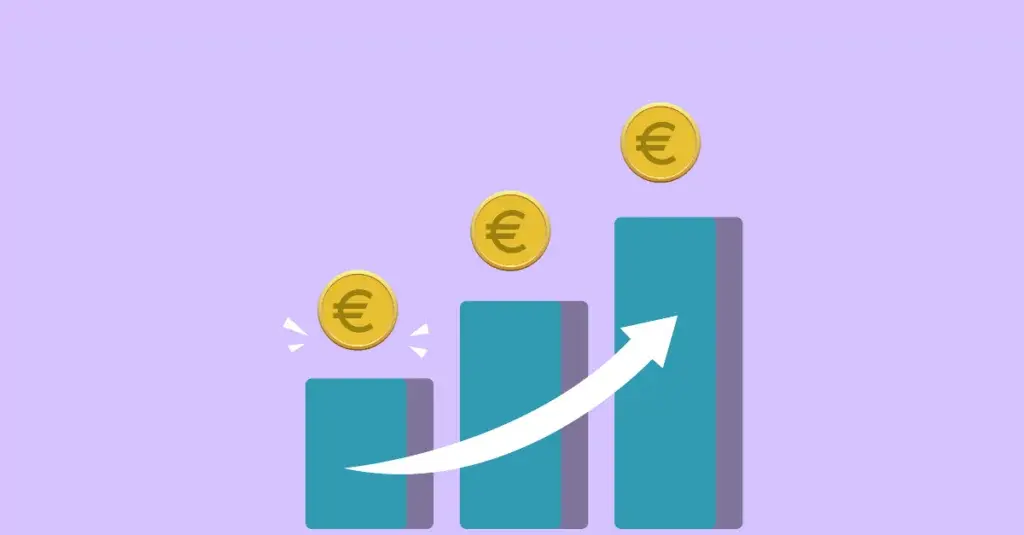
How to evaluate Trade Promotion ROI in the CPG industry
Trade promotions stand as a crucial element in the CPG industry’s marketing arsenal. Yet, the challenge of measuring trade promotion ROI is multifaceted, demanding a thorough analysis of baseline and incremental sales, promotional costs, cannibalization effects, and long-term impacts. This careful approach is key to understanding how well promotional activities are working. With that insight you can then decide where to best put resources to boost profits and grow the business. On the other hand, optimizing the ROI of trade promotions presents its own set of complexities. Many CPG companies grapple with not only evaluating the effectiveness of their promotions but also refining and enhancing these strategies to ensure the highest return on their investment.
Some of the common issues include:
- Lack of advanced data integration: Data on sales, costs, and consumer behavior may be dispersed, unavailable, or incomplete, making it difficult to assess the performance of promotions.
- Lack of analytical capabilities: Many CPG companies rely on traditional methods, such as spreadsheet models or rule-of-thumb calculations, to estimate trade promotion ROI. These methods are often simplistic, subjective, and inconsistent, leading to inaccurate or unreliable results.
- Lack of optimization tools: Even if CPG companies have the data and the analytical skills to measure the ROI of promotions, they may not have the tools to optimize their promotional strategies. They may not be able to simulate different scenarios, compare different options, or identify the best combination of promotional variables.
Fortunately, technology has revolutionized the way CPG companies can evaluate and optimize their trade promotion ROI. In this blog article, we will explore how data-driven decision-making, predictive analytics, and optimization tools can significantly enhance the outcomes of promotional events.
“51% of CPGs say that increased marketing, advertising and promotional spending is their top investment priority for profitable volume growth.” — KPMG, 2024 survey: CPGs on the hunt for profitable growth.
Challenges in evaluating trade promotion ROI
Pre-evaluation
Predicting the exact contribution of a specific promotion to revenue goals is challenging due to the dynamic nature of market conditions and the complexity of consumer behavior. Furthermore, the influence of multiple factors, such as competitor activity, must be considered, as they significantly affect the success of a promotion. However, when trying to forecast trade spend ROI for promotions, predictive analytics can offer valuable insights. This approach involves the application of statistical and machine learning techniques to analyze data, thereby enabling predictions about future events or outcomes. It leverages both historical and current data. It also incorporates external factors like economic trends and shifting consumer behaviors to enhance accuracy.
Post-evaluation
Promotion post-evaluation uses actuals (sell-in, sell-through, and sell-out data) to determine the exact contribution of a promotion. It uses mathematical analysis to identify key factors of performance so that CPGs can improve future promotions. This can be complicated by missing data or poor data integration and analysis. In addition, if other major promotional or marketing events occurred simultaneously, it becomes more difficult to isolate the effects of a particular promotion, making it hard to pinpoint its specific contribution.
Calculating the ROI of trade promotions
Before diving into the formula for calculating the return on investment (ROI) of trade promotions, it’s crucial to emphasize the importance of precise data. Accurate data serves as the foundation for reliable ROI calculations. Without it, any trade promotion ROI formula would yield misleading results, potentially leading to flawed business decisions.
To evaluate the return on investment (ROI) for trade promotions, begin by calculating the net sales. This is the revenue after subtracting discounts, allowances, and returns from the total sales. Additionally, determine the gross margin, the proportion of net sales exceeding the cost of goods sold (COGS). The next step is to ascertain the incremental sales, the net sales increase attributable to the promotion compared to a non-promotional period. With these figures, you can then apply the trade spend ROI formula:
Trade Promotion ROI = (Incremental Gross Margin – Promotional Spend) / Promotional Spend
This formula measures return on investment by contrasting the additional gross margin from the promotion against the promotional expenditure. A positive ROI signifies that the promotion yielded more profit than its cost, indicating its success; whereas a negative ROI implies that the promotion failed to be cost-effective.
Identifying key drivers of performance
As mentioned before, an important challenge is determining the specific factors that determine the results of promotions. For effective post-evaluation, it is essential to determine what aspects of consumer behavior increase the effectiveness of a campaign or whether competitor activities influence results. Answering these questions is crucial for strategizing future promotions, reliable pre-evaluation and making informed decisions.

The trade promotion optimization process with Visualfabriq
1. Define top and flop promotions based on event ranking
Choose a promotional period, and rank events based on their promo effectiveness, worst to best. This enables you to prioritize, tackling the poorest performers with the largest promotional investment first. Because these present the biggest opportunities for optimization.
2. Review product profitability
Map the evolution over time of price, volume and promo investment for any product. This will enable you to visualize interdependencies between the variables. Based on that, you can then build hypotheses on potential drivers of ineffectiveness.
3. Refine future promotions and assess ROI
Conduct a thorough analysis of various Key Performance Indicators (KPIs) to assess the underlying factors influencing performance. Then validate assumptions to ensure that the events you choose to discontinue or repeat meet expectations across all pertinent KPIs.
4. Set guidelines for (re-)allocation of investments
Assess the promotional investment, return on investment (ROI), and the increase in sales volume to identify areas where funds can be better allocated. This process will empower category specialists to provide both data-driven and insightful recommendations. It will also enable them to establish guidelines for promotional strategies, discount levels, and timing considerations. Focus on discontinuing or expanding tactics and discount levels based on their effectiveness. Additionally, take into account that trade promotion ROI isn’t the sole objective. Factor in activities that are primarily aimed at encouraging trials for new products or gaining market share, even if they do not increase revenue.
5. Create a win-win plan
Ensure that any proposed reallocation or optimization of events also provides value to the retailer, creating a persuasive narrative for sell-in. Reevaluate and adjust the strategy for lose-lose events, that result in a disadvantage for both parties.
.png?width=904&height=226&name=The%20CPG%20Executive%E2%80%99s%20Guide%20to%20Advanced%20TPx%20(2).png)
Taking trade promotion ROI calculation to the next level
For consumer goods manufacturers, using specialized software for managing and optimizing trade promotions is a big step up from old-school methods like spreadsheets or legacy ERP systems. Such modern software gives companies a powerful way to look at data and make smart choices. It helps them get the best results from their promotions and increase revenue.
Visualfabriq, for example, provides a fully integrated analytical SaaS solution for ROI calculation and promotional strategy optimization. Its TPM/TPO software:
- Integrates and harmonizes data from various sources and systems, such as ERP, CRM, POS, and syndicated data. Thus it creates a single source of truth and a 360-degree view of the promotional performance
- Leverages AI and machine learning to automate and optimize the processes and tasks of promotional planning and evaluation
- Offers all required insights, including custom reporting capabilities, variance analysis and a full-year P&L, enabling effective allocation of trade investment
- Allows the users to create and test different promotional scenarios and alternatives and to optimize the promotional mix and the promotional calendar based on the expected outcomes and the constraints
- Facilitates collaboration and communication among the sales teams and the stakeholders, such as the marketing, finance, and supply chain departments.
The ROI of trade promotions: Takeaways
Optimizing trade promotion ROI is a critical and challenging task for CPG sales executives. It requires a comprehensive and systematic approach that considers various factors and dimensions of promotional events. Fortunately, technology has transformed the way CPG companies can evaluate and optimize their trade promotion ROI. As a result, CPG sales executives can significantly enhance trade promotion effectiveness by using powerful software tools such as Visualfabriq.
Interested to learn more about how Visualfabriq helps you enhance the return of trade promotions? Arrange a demo today!

.png)
.png)
.png)